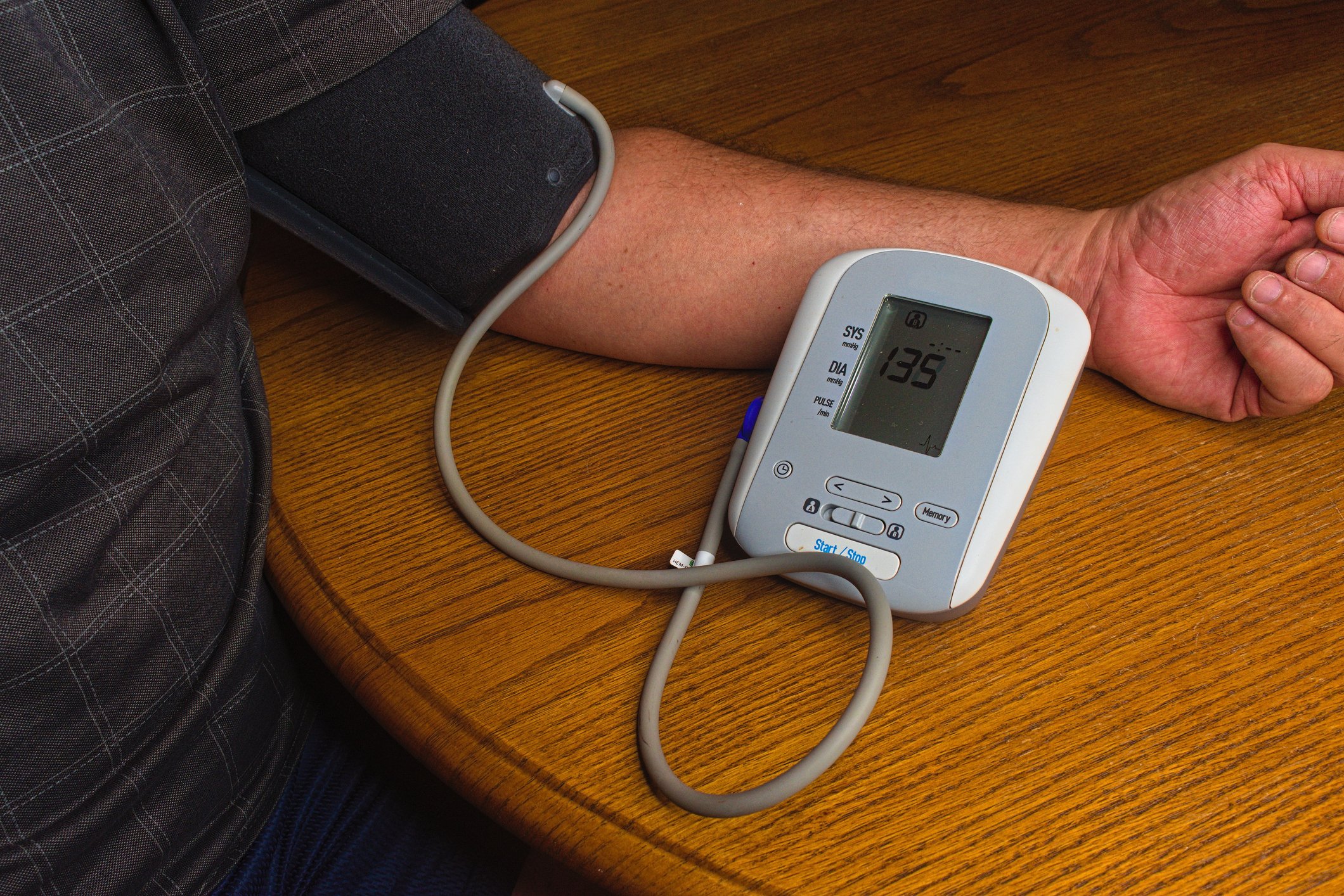Atrovent vs Albuterol: Asthma and COPD Drugs Compared
By Libby Pellegrini, MMS, PA-C
October 23, 2025
Prescription Drugs, Your Health & Wellness

Atrovent vs Albuterol: Asthma and COPD Drugs Compared
When you have a diagnosis of chronic obstructive pulmonary disorder (COPD) or asthma, you have many options when it comes to controlling symptoms. Two commonly used respiratory medications are Atrovent (ipratropium bromide) and albuterol. Both are bronchodilators, which can help relax the muscles of the airways and increase airflow in and out of the lungs. When to use Atrovent vs albuterol? Read on for an in-depth comparison of these two powerful medications.
What is Atrovent?
Atrovent is a brand name for the generic medication ipratropium bromide. Ipratropium bromide is in the anticholinergic class of medications. Atrovent acts as a bronchodilator, which means it helps open up the tubular structures of your airways and improves your ability to move air in and out of your lungs.
What is Albuterol?
Albuterol is a generic name for a commonly used beta-adrenergic receptor agonist. It is a short-acting medication, which means it takes effect quickly. For these reasons, it is widely used as a rescue treatment for increased respiratory symptoms, such as wheezing. Common brand names for albuterol include Proventil, Ventolin, and ProAir.
Why take Atrovent vs Albuterol for treating asthma symptoms?
Why would you take Atrovent vs albuterol? Albuterol is a more commonly used medication when it comes to treating asthma symptoms. Albuterol is used in the short-term setting to help alleviate symptoms of increased wheezing and difficulty breathing. It is considered to be a “rescue medication.” Atrovent is sometimes combined with albuterol in urgent or emergent settings to help amplify the bronchodilating effects of both medications.
What is the difference between Atrovent and Albuterol?
Why use Atrovent vs albuterol? While both medications are bronchodilators, they do have different indications and uses. The following breakdown helps illuminate the role of these two common medications.
| Atrovent | Albuterol | |
| Mechanism of delivery | Available in inhaled form and nebulized form | Available in inhaled, nebulized, and oral forms |
| Indications for use | Maintenance of COPD or treatment of COPD exacerbations, treatment of asthma exacerbation (off-label) | Treatment of bronchospasm in asthma or COPD exacerbation, prophylaxis against exercise-induced bronchospasm |
| Treatment population | Used in both adults and children | Used in both adults and children |
| Medication class | Anticholinergics | Beta2-receptor agonists |
Is Atrovent the same as Albuterol?
Ipratropium bromide vs albuterol—are these two medications the same? No. While both medications are used as bronchodilators, they achieve their desired effect of opening up the airway through different means.
Is Albuterol as good as Atrovent?
Albuterol and Atrovent have different uses and indications. Albuterol is a very effective rescue medication for acute exacerbations of both asthma and COPD symptoms. However, albuterol should not be used as a maintenance medicine to keep symptoms at bay daily. Atrovent is a more effective daily maintenance medication to help reduce airway constriction and improve lung function over the long term.
What side effects are common between Atrovent and Albuterol?
Both Atrovent and albuterol share some common side effects, including a profound potential side effect of paradoxical bronchospasm. In this scenario, the airway becomes more constricted after taking one of these medications, rather than becoming more relaxed, as would be expected. Other side effects of albuterol vs. Atrovent that are shared include allergic reactions, a fast or irregular heartbeat, and dizziness.
What side effects are not common between Albuterol and Atrovent?
Side effects that are less commonly shared between Atrovent and albuterol include those related to the anticholinergic properties of Atrovent. Other side effects include potential visual changes, urinary symptoms, constipation, dry mouth, or skin dryness. Additionally, albuterol has the possible side effect of triggering low blood potassium levels.
How successful is Atrovent in treating asthma?
Atrovent can be successful in treating emergent asthma symptoms in an off-label capacity, especially when combined with a second bronchodilating medication, such as albuterol. Therefore, it is not recommended as a first-line rescue inhaler for asthma, and it is also not indicated as a maintenance medication for asthma.
How successful is Albuterol in treating asthma?
As a short-acting beta-adrenergic receptor agonist, albuterol helps relax the smooth muscle tissue that surrounds the bronchioles, which are the tubular structures of the airway. As such, albuterol can be a highly effective medication for treating symptoms during an asthma exacerbation.
Is Atrovent better than Albuterol for asthma treatment?
When comparing albuterol and Atrovent, it’s essential to note that albuterol is considered a first-line therapy for managing periodic flares of asthma symptoms. Atrovent is deemed to be an adjunct therapy, albeit in an off-label capacity. Therefore, albuterol and Atrovent may be used together to help control symptoms in a respiratory emergency; however, Atrovent would not usually be used alone as monotherapy for asthma, whereas albuterol may be used for this purpose. From this standpoint, albuterol may be considered superior to Atrovent in the treatment of asthma.
Albuterol vs Atrovent: Related FAQs
Can you use Atrovent and Albuterol together?
Yes, in fact, Atrovent and albuterol are often used together to help increase bronchodilation through two independent mechanisms. Atrovent and albuterol can be combined in nebulizer form and can also be taken simultaneously in their respective inhaler forms.
When and why do doctors prescribe Atrovent and albuterol together?
When treating COPD, it’s common for a healthcare provider to prescribe Atrovent and albuterol together. They may prescribe Atrovent for COPD maintenance therapy and albuterol as a rescue medication. Or, they may prescribe both to be used together as rescue medications.
Should you take Atrovent or Albuterol first?
Because albuterol is a short-acting beta-adrenergic receptor agonist (SABA), it’s generally recommended to take this medication first. Taking albuterol first may help dilate the airway more quickly and allow for greater entry and penetration of the second bronchodilator, Atrovent.
At what dose is Albuterol typically prescribed?
Albuterol is typically prescribed as 90 to 180 micrograms (1 to 2 puffs) every 4 to 6 hours as needed, as a rescue medication. For exercise-induced bronchospasm prophylaxis, the recommended dose is 180 mcg, administered 15 to 30 minutes before exercise. In nebulizer form, the recommended dose is typically 2.5 mg, administered two to three times daily. For severe symptoms, doses are higher and more frequent.
At what dose is Atrovent typically prescribed?
Atrovent is typically prescribed as 34 micrograms (2 puffs) every 6 hours for maintenance of COPD. The nebulizer form is 500 mcg every 6 to 8 hours. For acute asthma exacerbations, eight puffs of 500 mcg of nebulizer solution can be used every 20 minutes for 3 hours (inhaler) or three doses (nebulizer).
Atrovent vs Albuterol: Which is better for cough?
Put simply, albuterol and Atrovent are approximately equivalent in terms of cough relief. Both medications can reduce cough by reducing airway constriction and bronchospasms. However, both medications also have cough as a potential side effect.
What does Atrovent do to the lungs?
Atrovent is a bronchodilator, which helps “open up” the lungs by relaxing the muscles that can constrict the airways. Atrovent blocks the activity of the muscarinic receptors of the smooth muscle cells of the airway. When taken, it relaxes the cells, which helps reduce muscle constriction around the tubular structures of the airways, known as bronchioles.
Is Atrovent a rescue inhaler?
No, while Atrovent is a bronchodilator, which means it can relax the smooth muscle cells of the airway and thereby reduce bronchiole constriction, it is not considered a frank “rescue inhaler.” This terminology refers to albuterol inhalers, which belong to the short-acting beta2-adrenergic receptor class.
Can Atrovent and Albuterol help with COPD?
Yes, Atrovent and albuterol are two powerful bronchodilating medications that can help with COPD. They can be used together to help with acute exacerbations of COPD symptoms. Or, Atrovent can be used alone as a daily maintenance therapy with albuterol prescribed to be used as a rescue medication on an as-needed basis.
References
https://www.ncbi.nlm.nih.gov/books/NBK544261/
https://reference.medscape.com/drug/proventil-hfa-ventolin-hfa-albuterol-343426
https://reference.medscape.com/drug/Atrovent-Atrovent-hfa-ipratropium-343416
https://www.accessdata.fda.gov/drugsatfda_docs/label/2025/021527Orig1s042lbl.pdf
https://www.nhlbi.nih.gov/files/docs/guidelines/asthma_qrg.pdf
Recommended Articles









